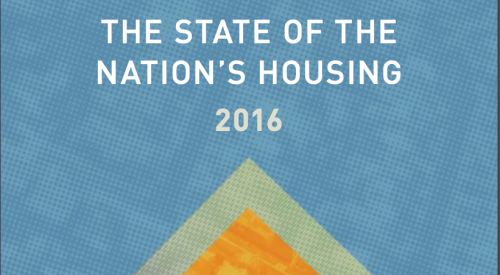Land-use regulations can cause headaches for more than just builders, as higher land-use regulations are undeniably linked with high rents. Rent growth has a number of variables associated with it, but there is no denying that the more land-use regulations there are in a given city, the higher the rents will be.
As Zillow reports, stricter zoning ordinances and building codes in more tightly regulated cities can make it much more difficult to construct new rental units. If it is harder to construct the units, it follows, then, that fewer units will be completed and made available for renters to lease. Supply and demand then dictates that the apartment units that are available will increase in price.
Take San Francisco for example. The city is highly regulated in terms of land-use and has seen a 42.4 percent increase in rent. In Chicago, which has less strict land-use regulations, the rent has increased just over seven percent during that same period. On the whole, rents in the least restrictive cities increased an average of 6.1 percent while rents in the most restrictive cities rose 16.7 percent.
Beyond the percent change in median rents and the share of homes available, Zillow also analyzed the relationship between the number of adults per household and stricter land-use regulations. There was also a direct correlation here. As regulation and rules regarding land-use increases, so does the average number of adults per household. As homes and rental units both become more expensive, many adults need help affording the costs, so living with a roommate is one of the most common ways to combat these high costs.
There are always exceptions to the rule, however, and some cities such as Santa Ana, Calif. have land-use regulations that are a little bit more relaxed, but have almost three adults per household (the national average is 2.1 as of 2014).
For the full analysis and to view accompanying charts and graphs, click the link below.











